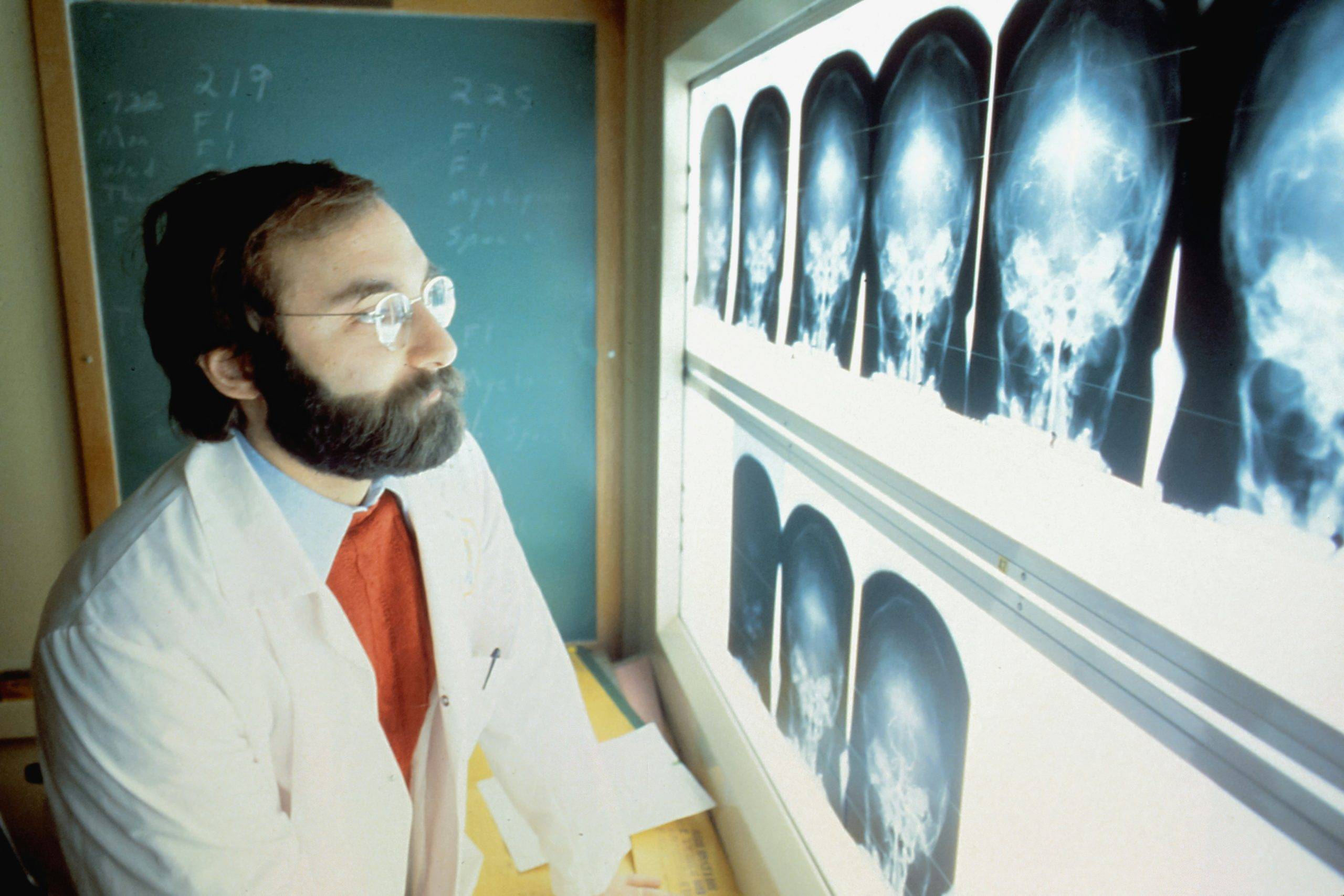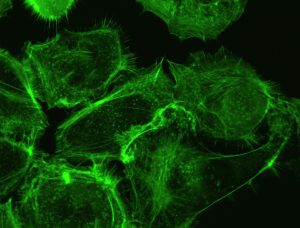What Is Cancer Staging?
Cancer, a disease seen as one of the top killers in the world, affects millions across the planet and is known to be very complex. In spite of all this complexity, the staging of cancer is a biological imperative, an essential basis for understanding disease behavior and the selection of optimal treatments. These six stages are very helpful not only for patients and their families to gain empowerment but also allow healthcare personnel to express clearly the different needs and plan targeted actions on how to manage the disease.
What are the stages of cancer?
Cancer staging is the determining of tumor size, tumor location, and if it has spread to other areas of the body. This is very important, as accurate staging gives us a picture of how advanced the cancer is when first diagnosed. Such information directs treatment planning and lends itself to the prognosis of the patient. The stages of cancer are generally classified into five distinct categories, designated by Roman numerals and listing from Stage 0 to Stage IV.

Stage 0 is also known as carcinoma in situ (CIS). At this point, cells are irregular yet have not really infiltrated encompassing tissues or organs. This is classified as pre-cancer rather than cancer. They stay local and are restricted to the layer of tissue from which they arose.
Stage 0 cancers are usually very treatable and curable because they have not yet acquired the ability to spread. Early diagnosis of cancers at this very early stage with a good prognosis is possible due to regular screening and detection.
Stage I is the simplest invasive cancer, with the tumor growing into neighboring tissues but still small and contained to where it first grew. The cancer has not spread to lymph nodes or other distant parts of the body at this stage.
Because Stage I disease is localized, treatment typically consists of localized treatments (e.g., surgery, radiation therapy) to eliminate the tumor entirely. Stage I breast cancer has a generally positive prognosis, particularly with early treatment.
In Stage II, the cancer has grown but not yet spread to nearby tissues. This means the cancer has spread to one or more nearby lymph nodes but not too far away. Stage II falls some midway to treatment, and plans may include a combination of surgery, radiation, and systemic treatments such as chemotherapy.
How aggressive the treatment is will vary with the type of tumor it is and how fast it is developing. Stage II is still in good chance of being effectively treated, although it is well beyond Stage I.
In Stage III, the cancer is more advanced.field explanation: an injury to or destruction of tissue that results from a process such as inflammation or infection, and there is a high risk of invasion of nearby tissues or organs by these larger tumors.
At this point, cancer might have migrated to more neighboring lymph nodes. The cancer is still considered Stage III, meaning it has not metastasized to distant sites in the body and is more locally advanced.
At this stage, the treatment is aggressive; often a combination of surgery, chemotherapy, and radiation. The main aim is to combat the disease, prevent its transmission, and relieve the symptoms. Stage III cancer prognosis is relatively dependent on the type of cancer, location of cancer, and general well-being of the patient.
Metastatic cancer (Stage IV) is the most advanced stage of cancer. This means that the cancer is not just at its original site but has spread to faraway organs (or sometimes tissues), such as the liver, lungs, brain, or bones. When it reaches the metastasis stage, cancer is difficult to treat and usually considered incurable; however, medical research and treatment have made great strides, providing patients with a quality of life and longevity that were once unattainable.
Stage IV treatments are used to help slow the progress of the disease, relieve symptoms, and make patients more comfortable. Depending on the type of cancer and personal needs, this can include targeted therapies, immunotherapies, and palliative care.
Even though Stage IV cancer generally has a poor prognosis, it is worth mentioning that survival rates can differ dramatically based on the specific diagnosis as well as various other factors.
American Joint Committee on Cancer (AJCC)
The cancer staging can be even more well-defined through the TNM staging system, which is an internationally utilized standard pioneered by the American Joint Committee on Cancer (AJCC). This is referred to as TNM, or tumor, node, and metastasis.
A number or letter is applied to each component indicating the extent of the tumor (T), the presence of cancer in regional lymph nodes (N), and with regard to distant metastasis (M). Instead, T1N0M0 would tell you small tumor (T1), no lymph nodes involved (N0), + no distant metastases (M0).
The TNM system allows for more precise and standardized cancer staging, which then gives healthcare providers the ability to tailor treatment plans more specifically.
An important and integral concept whose significance extends beyond therapy to include prognostication and research, diagnosing cancer staging is both an art and a science. It enables oncologists to predict the expected prognosis in patients and serves as a reference point for linking treatment outcomes across clinical trials.
Staging, however, is also integral to public health initiatives because it can reveal existing trends in cancer diagnoses and outcomes across a time interval that may help promote appropriate screening programs or preventive measures.
Depending on the stage of cancer, diagnosis can take an emotional and psychological toll. While this may hold promise of a possible permanent cure in early-stage disease, in more advanced cases it can mean living with a chronic or terminal condition that not only impacts the patient but also demands adjustment from his or her loved ones.
At any stage, a person with stomach cancer is less likely to go through the process alone with help from healthcare professionals, counselors, and support groups, bringing comfort at this time.
Conclusion
In summary, the stages of cancer provide a systematic method for characterizing the pathophysiology of this complex disease. They have a wide range from the easy-to-treat Stage 0 (DCIS) all the way up to the challenging Stage IV everyone dreads, requiring treatment very customized and designed specifically for each individual patient.
This ongoing evolution has led to improved outcomes for an increasing number of patients due to innovations in early detection, diagnostic tools, and tailored therapies. Thus, by introducing some awareness on the staging of cancer and its importance to initiate timely treatment, society can lessen the burden of this deadly disorder.





Leave a Reply